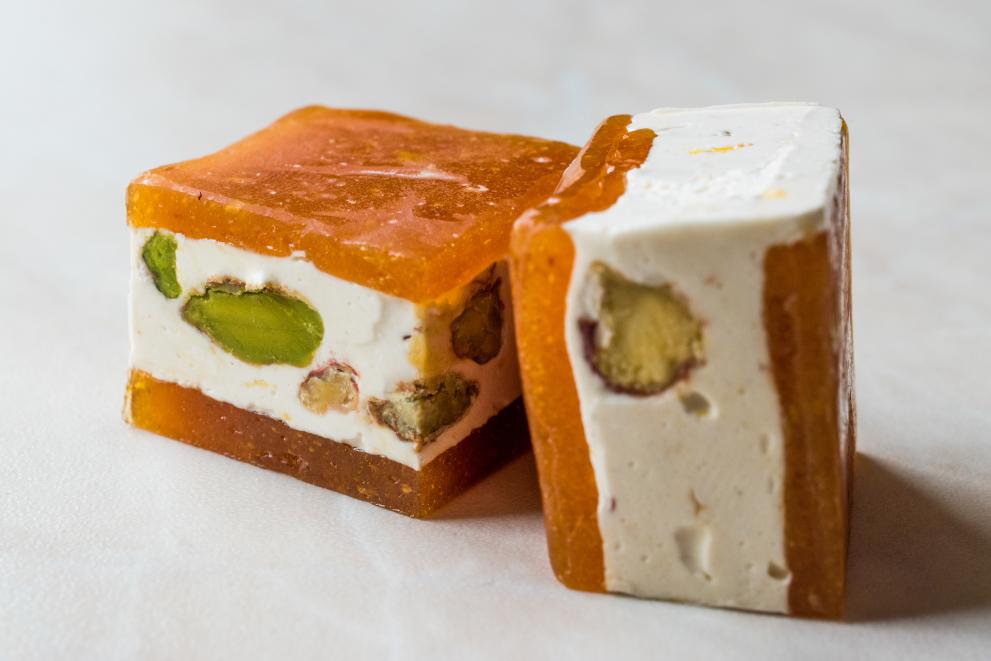
JRC, in collaboration with the Ankara Food Control Laboratory, developed and validated a method for the analysis of mycotoxins in food of high sugar content. This work ensures the correct assessment of legislative maximum limits.
Processed grape juice and other processed fruit products have a long history of food use in EU Member States and other Mediterranean countries. Some other examples include mulberries, plums, apples, pears, sugar beet, watermelon, pomegranates, and carob.
These products are considered as part of a healthy diet delivering vitamins and minerals. However, depending on environmental factors, including weather conditions, the raw products might be contaminated (also during storage) with natural contaminants, e.g. mycotoxins such as ochratoxin A and aflatoxins.
These natural contaminents can also exhibit carcinogenic properties and are regulated in many countries, including the EU.
Until now analytical methods for the surveillance of these carcinogenic compounds have focussed on raw products or only partially processed goods like dried fruits.
The current study focussed on foodstuffs which are traditionally more heavily processed, namely:
- pestil which is dried fruit pulp
- pekmez which is condensed fruit juice
Together with researchers from Turkey (Ankara Food Control Laboratory) the JRC could identify a suitable analytical method for the control of ochratoxin A and aflatoxins in such products.
The performance parameters established in a single-laboratory study indicate that the method is a good candidate for a subsequent interlaboratory validation exercise.
Read more in: T. Kaymak et al.: Determination of Aflatoxins and Ochratoxin A in Traditional Turkish Concentrated Fruit Juice Products by Multi-Immunoaffinity Column Cleanup and LC Fluorescence Detection: Single-Laboratory Validation, Journal of AOAC International, 101: 1839-1849, doi: 10.5740/jaoacint.17-0463
Related Content
Details
- Publication date
- 8 March 2019
